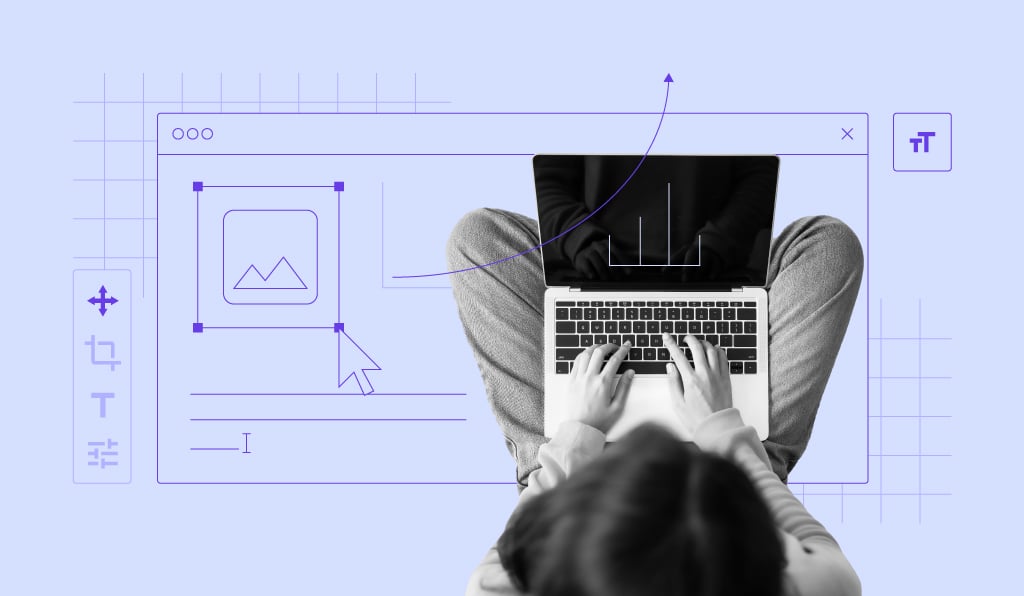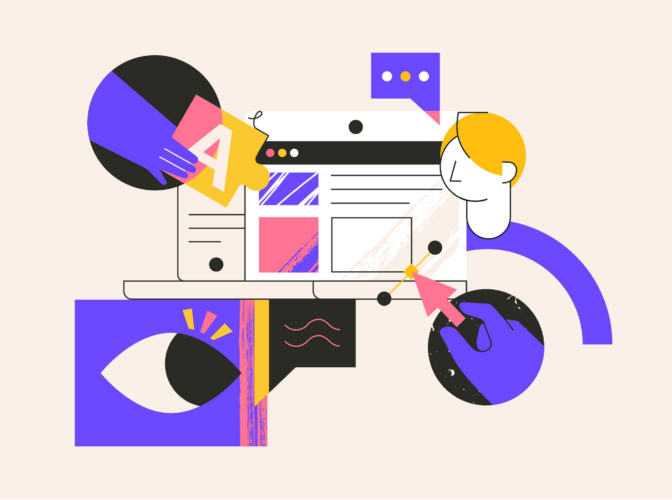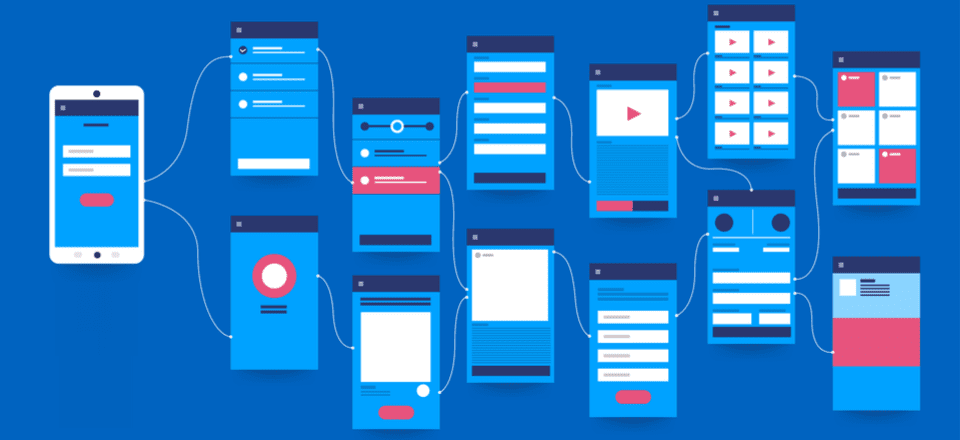In the digital age, where the internet has become the primary gateway for businesses to connect with their customers, the importance of UX/UI design in a successful web project cannot be overstated. User experience (UX) and user interface (UI) design are integral components of web development that directly impact how users interact with and perceive a website. From improving usability and accessibility to enhancing brand identity and driving conversions, prioritizing UX/UI design is key to creating a website that not only looks great but also delivers a seamless and engaging experience for visitors. In this article, we explore why UX/UI design is essential for the success of a web project and how it can influence the overall performance and effectiveness of your online presence.
Enhancing User Experience (UX)
At its core, UX design focuses on understanding the needs, preferences, and behaviors of users and tailoring the design of a website to meet those requirements effectively. By prioritizing user experience, designers strive to create intuitive and user-friendly interfaces that guide users through their journey seamlessly. A well-designed UX not only makes it easier for users to find the information they need but also fosters positive interactions and leaves a lasting impression that encourages repeat visits and referrals.
Improving Usability and Accessibility

Usability and accessibility are fundamental aspects of UX/UI design that directly impact how users perceive and interact with a website. A user-friendly interface with clear navigation, intuitive layouts, and accessible features ensures that users can easily navigate and engage with your content regardless of their device or ability. By adhering to web accessibility standards and best practices, such as providing alternative text for images and ensuring keyboard navigation, you can make your website more inclusive and welcoming to users with disabilities.
Establishing Brand Identity and Trust
Your website serves as a digital storefront for your brand, and its design plays a crucial role in shaping the perception of your business. A visually appealing and cohesive UI design that aligns with your brand identity helps establish credibility and trust with your audience. Consistent use of branding elements, such as colors, typography, and imagery, reinforces brand recognition and fosters a sense of familiarity and professionalism. By creating a memorable and visually engaging experience, you can differentiate your brand from competitors and leave a positive impression on visitors.
Driving Conversions and Engagement
The ultimate goal of any web project is to drive conversions and encourage users to take desired actions, whether it’s making a purchase, signing up for a newsletter, or contacting your business. Effective UX/UI design can significantly impact conversion rates by optimizing key elements such as calls-to-action, forms, and checkout processes. By streamlining the user journey, reducing friction points, and providing clear pathways to conversion, you can maximize engagement and encourage users to take the next step towards becoming customers or subscribers.
Iterative Design Process

UX/UI design is not a one-time task but an ongoing process of refinement and optimization. Through user research, usability testing, and data analysis, designers can gather insights into user behavior and preferences, identify areas for improvement, and iterate on the design to enhance the overall user experience continually. By embracing an iterative design process, you can adapt to evolving user needs and market trends, ensuring that your website remains relevant and effective in the long term.
In conclusion, UX/UI design plays a critical role in the success of a web project by enhancing user experience, improving usability and accessibility, establishing brand identity and trust, driving conversions and engagement, and facilitating an iterative design process. By prioritizing UX/UI design from the outset and investing in ongoing optimization, businesses can create websites that not only look great but also deliver meaningful value to users and contribute to the overall success of their online presence. As the digital landscape continues to evolve, embracing UX/UI design best practices will be essential for staying competitive and meeting the ever-changing needs of users in an increasingly digital world.




